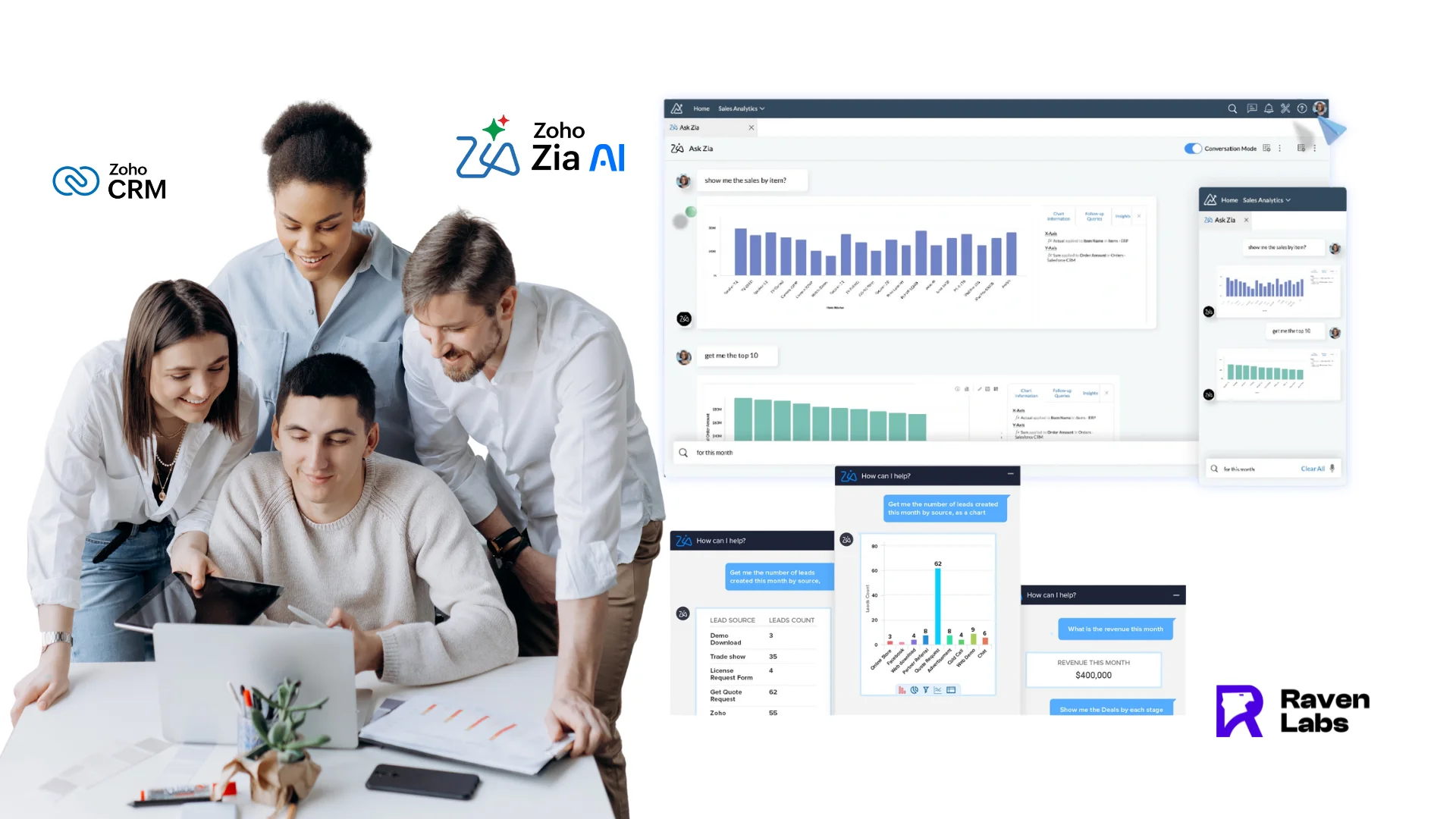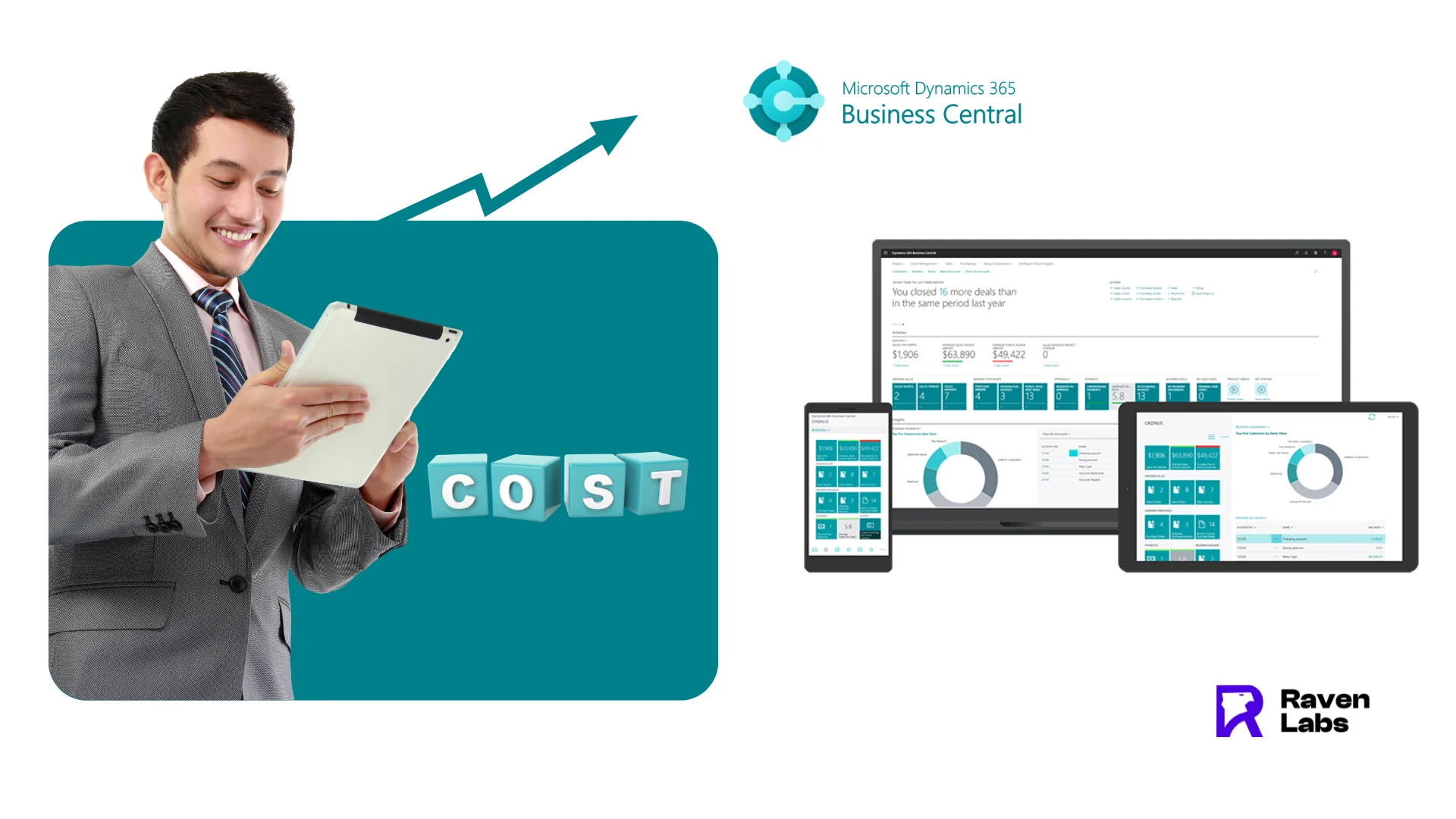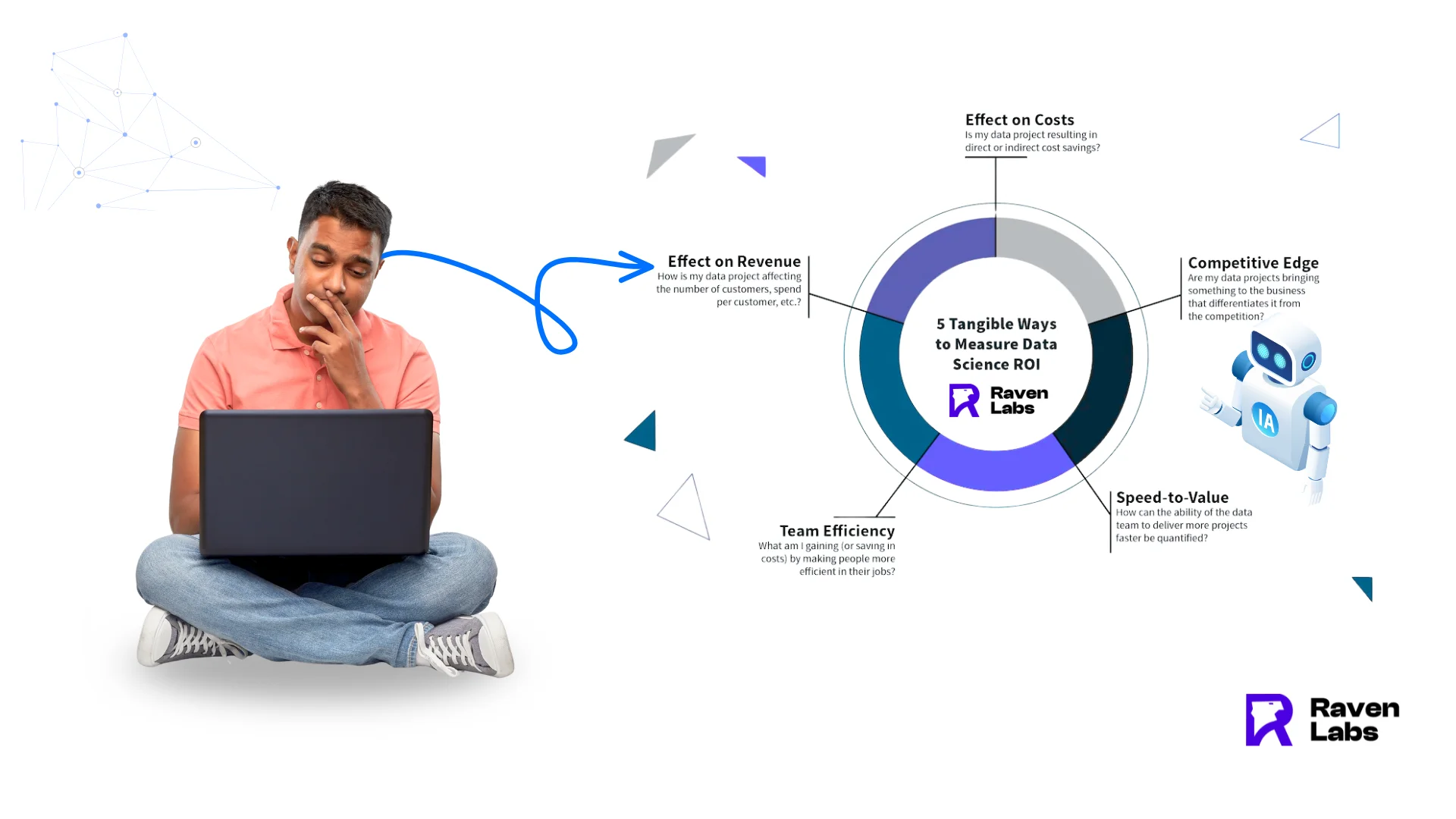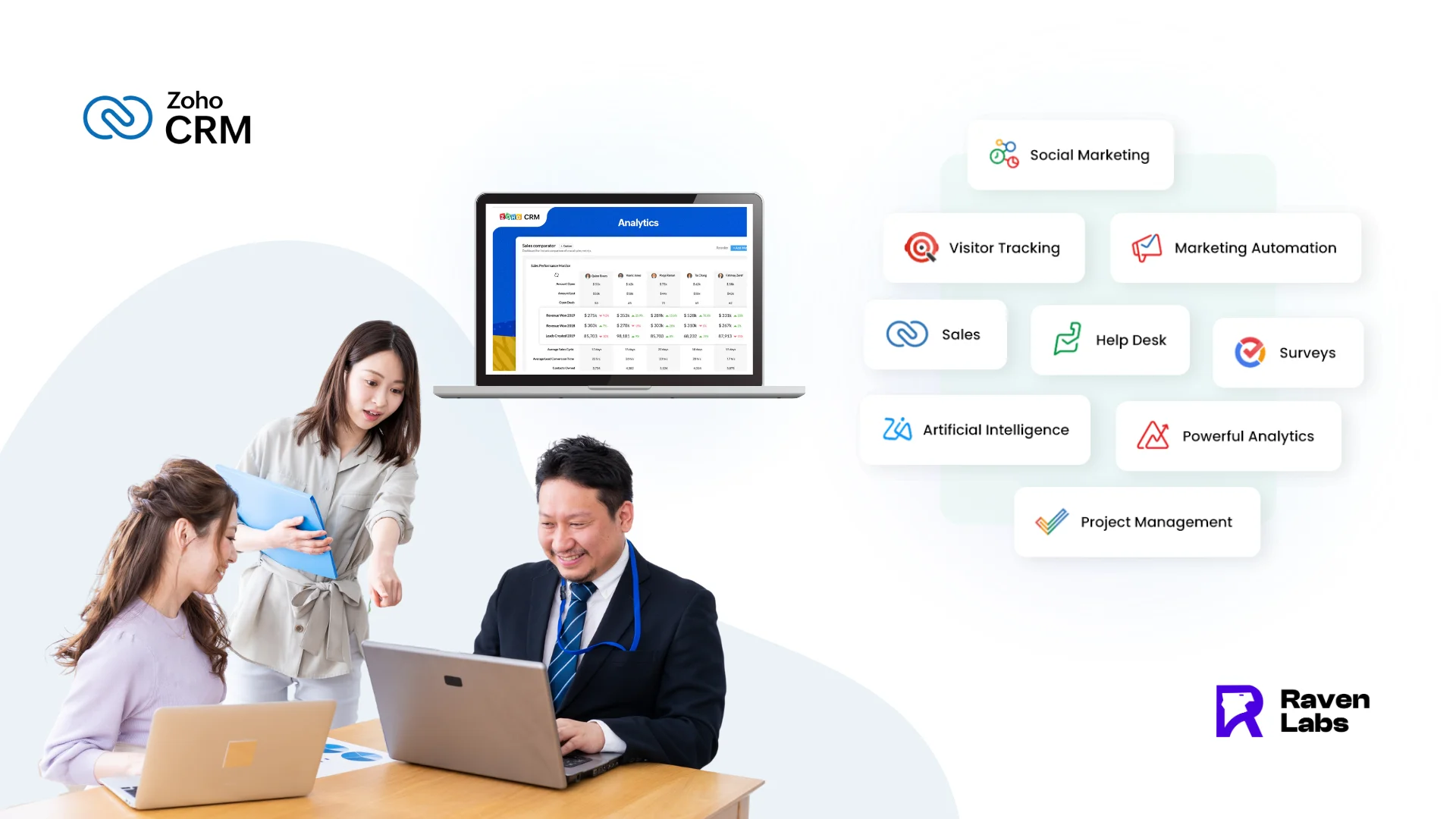
AI automation has revolutionized how businesses operate today. To understand what is automation in the context of artificial intelligence, we need to look at its impact. MIT research reveals that companies using artificial intelligence automation strategically achieve 40% better productivity. This represents a complete transformation in workplace operations, showcasing the power of intelligent automation in modern industries.
The world of ai and automation keeps expanding faster than ever. Business leaders are taking notice – they’re pouring money into this technology, with AI automation spending expected to hit $630 billion by 2028. Our team has witnessed AI-powered solutions slash operating costs while making business functions more accurate. The numbers tell the story clearly – 84% of business leaders now see AI’s power to break traditional molds and create innovative work approaches.
This piece breaks down practical AI automation examples that bring real returns, the best automation tools for 2025, and steps to implement them successfully. The insights here will help you discover the full potential of AI – whether you’re beginning your experience with automation or fine-tuning your current systems.
Top AI Automation Tools to Watch in 2025
The AI automation marketplace has grown substantially. Several platforms now offer specialized tools that meet specific business needs. Let’s take a closer look at the solutions that will deliver great value in 2025, including some notable AI automation tools from Australia and AI Perth-based innovations.
Content generation: Jasper, ChatGPT, Writer
Jasper has become a powerful AI content creation platform that works great for marketing teams who need to create an AI for content generation. The platform speeds up content creation with over 50 templates and knows how to connect to the internet for research.
Marketing teams report they create content 2-5 times faster with this automated AI tool.
ChatGPT remains an industry leader with its versatile features and simple interface. The platform now runs on GPT-4 and other advanced large language models that handle almost any content task. Companies looking for general AI help without special training find it an ideal solution for automated content generation.
Writer sets itself apart by focusing on enterprise-grade AI needs. The platform uses its own LLMs trained only on business writing data. Large organizations use it to keep their brand consistent through AI-powered style guides and immediate writing help across their platforms.
Business automation: UiPath, Power Automate
UiPath offers a complete end-to-end automation platform built for enterprise-scale operations. Customers see AUD 22.93 returned for every AUD 1.53 invested in UiPath during the first year. Its strong UI+AI+API automation features transform complex workflows in a variety of applications, showcasing the power of robotic process automation (RPA). Microsoft Power Automate makes business process automation more available, especially for companies that already use Microsoft products. While not as extensive as UiPath, it merges well with Microsoft 365 and comes with templates for common automation tasks, making it a popular choice for workflow optimization and one of the best automation tools for businesses integrated with Microsoft ecosystems.
Customer support: Aisera, Intercom
Aisera’s AI Customer Service solution combines chatbot and action bot features to provide natural language conversations and automated solutions. Their Enterprise AI Copilot uses large language models to create personalized, multilingual conversations while handling complex requests, demonstrating the capabilities of agentic AI in customer support.
Intercom stands out as an all-in-one platform that 25,000 businesses trust. The platform’s advanced AI-powered chatbot summarizes conversations, personalizes replies, and fills in ticket information automatically, showcasing the potential of virtual assistants in improving customer experiences through natural language processing.
AI Automation Use Cases That Deliver Real Business Value
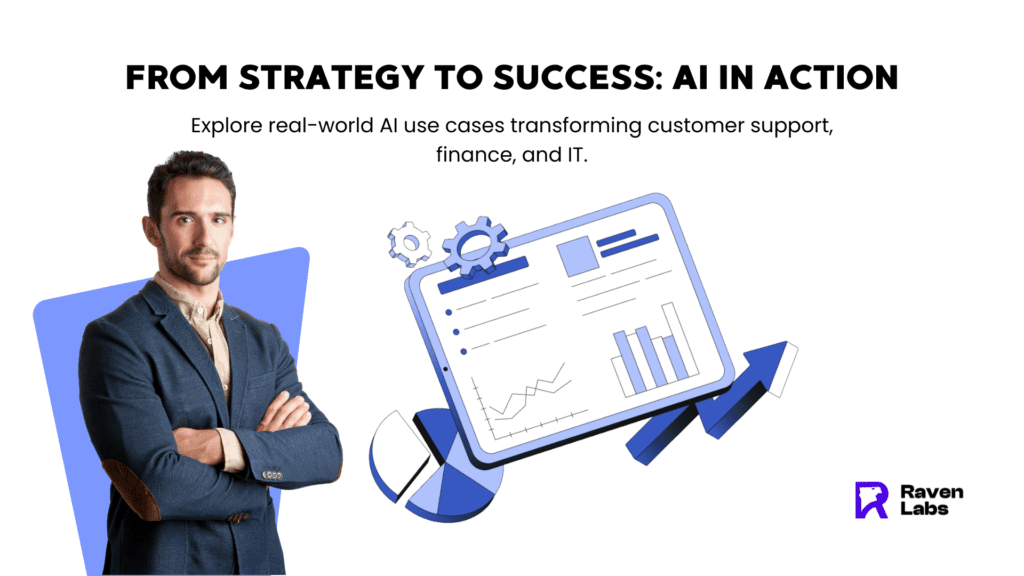
Companies of all types now see real benefits from AI automation in their operations. Here’s a look at some meaningful examples that deliver clear business value through intelligent automation and growth automation.
Sales and marketing automation
The sales world has moved beyond simple cold calls and manual work. Modern AI-powered sales strategies utilize predictive analytics, automation, and conversational AI to involve customers and analyze data better. Companies now focus on specialized go-to-market engineers who optimize internal automation and sales workflows instead of traditional revenue operations.
AI has grown from basic co-pilots to sophisticated enterprise agents. These digital workers now handle multiple tasks in sequence – they find prospects, target companies, discover contacts, and create personalized outreach on different channels. This change enables targeted strategies and automatic personalized messages. Marketing teams benefit the most from AI implementation according to McKinsey’s analysis, which shows marketing as the area where AI adds the greatest value.
Customer service and support
AI-powered customer service gives quick, individual-specific responses on all channels. About 83% of organizations using AI plan to invest more in customer service automation next year. The system works around the clock and cuts down customer wait times, showcasing the efficiency of automated AI in customer support.
Virtual assistants handle many customer questions at once. This helps businesses expand their support operations without hiring more staff. Companies that use AI in customer service solve issues 90% faster and face 65% less downtime, demonstrating the impact of AI automation tools on process efficiency and productivity.
Finance and accounting workflows
Finance teams using AI software complete tasks like financial reporting and financial close 40% faster. AI now handles accounts payable and receivable tasks in 36% of finance departments, showcasing the potential of AI process automation and intelligent document processing in financial operations.
AI makes financial operations smoother by coordinating tasks, fixing problems immediately, and following policies. To cite an instance, see how one company handled 40,000 invoices in under nine months with 90% straight-through processing – this is a big deal as it means that their original goal of 75% was surpassed, demonstrating the power of intelligent automation in finance and cost reduction.
IT operations and system monitoring
AI watches over infrastructure by analyzing data from network endpoints. It spots patterns and problems before they affect operations. This forward-thinking approach helps IT teams fix potential issues early, showcasing the predictive capabilities of AI-driven insights and auto AI systems.
The system raises alerts when server loads spike above normal levels. IT administrators can then fix problems before they cause system failures. These AI solutions cut IT problem-solving time by 75% and reduce system downtime by 65%, demonstrating the effectiveness of AI in maintaining security compliance and optimizing IT operations.
Benefits of AI Automation for Modern Enterprises
Companies using AI automation gain a big competitive edge in many areas of their business. Smart systems integrated into daily operations help organizations boost their efficiency, accuracy, and overall performance through intelligent automation and digital transformation.
Faster decision-making with up-to-the-minute data
Quick decisions create a clear edge in today’s ever-changing world. AI systems can process huge amounts of data instantly. This helps businesses adapt quickly to market changes. Research shows that 75% of executives make better business decisions with AI, highlighting the impact on decision-making accuracy. Business leaders feel stressed about making decisions, and 85% say they make ten times more decisions now than they did three years ago. Up-to-the-minute AI analysis helps solve this by giving companies the information they need to predict market demands and adjust their stock levels.
Lower error rates and improved accuracy
Businesses lose millions each year from human mistakes, but AI automation cuts these errors by a lot. Companies that embrace technology see their financial errors drop by 75%. AI works best with data entry tasks and removes common human errors like duplicates, typos, and wrong formats. Supply chains run smoother too – AI cuts prediction errors by 30% to 50%, which means fewer empty shelves and less overstock, showcasing the power of machine learning in improving accuracy and driving cost reduction.
Better employee and customer experiences
AI automation changes how people work and interact with customers. Leaders report that 79% of employees work better when AI handles their repetitive tasks. AI chatbots never get tired and help customers around the clock while keeping service quality high. Human agents can then focus on complex problems that need understanding and creative solutions.
Customer experience leaders know this – 65% see AI as crucial to stay competitive, making old ways of working outdated and demonstrating the impact of AI workers on employee and customer satisfaction.
Increased scalability and flexibility
AI systems adapt easily to bigger workloads without major changes to infrastructure. Cloud AI platforms flex to match what businesses need. Companies control their growth better through more automation and precise analysis. This flexibility lets organizations grow faster without spending too much, which gives them an advantage in changing markets, showcasing the scalability of AI-powered automation and its role in digital transformation
How to Successfully Implement AI Automation in Your Business
AI automation service implementation needs a balanced approach between ambition and practicality. Research reveals that organizations often fail when they try ambitious “moon shot” projects. MD Anderson Cancer Center’s AUD 94.80 million AI initiative failed before completion, which proves this point. To avoid such pitfalls, consider the following steps for successful implementation of AI automation tools.
Start with high-impact, low-risk processes
Complex, high-risk initiatives should not be the starting point. The best results come from targeting high-impact, low-complexity tasks where occasional errors won’t cause major problems. MD Anderson’s massive Watson project failed, but their smaller AI projects succeeded. Simple tasks like hotel recommendations and billing assistance improved patient satisfaction and financial results. Tasks that work best for early automation are repeatable, have clear outcomes, and can optimize efficiency, demonstrating the importance of strategic AI workflow implementation and process discovery.
Ensure data readiness and integration
Quality data builds the foundation for effective AI systems. Your first step should be auditing the existing data ecosystem to spot all sources and check their quality, accessibility, and compatibility. Strong data foundations must exist before AI technologies can work. This helps create informed decisions needed for better outcomes. McKinsey’s research confirms that generative AI performs best with company’s own data, which leads to better decision-making, highlighting the importance of data analysis in AI automation.
Train teams and build internal AI literacy
Team training plays a crucial role, as 74% of workers say lack of training stops AI adoption. Deloitte’s findings show that AI-trained teams work 20-30% faster – clear proof that AI literacy brings measurable results. The process starts with skill assessment, finding knowledge gaps, and creating training programs that match ground AI applications. Companies should also have AI champions who help team members and showcase new AI use cases, demonstrating the importance of building AI literacy within the organization.
Monitor performance and iterate continuously
AI systems need constant monitoring after deployment. Performance tracking systems should alert teams about deviations or anomalies. The monitoring process looks at accuracy, precision, recall, and F1-score to catch any performance issues. Teams should compare actual performance against projected results and set clear guidelines to revise or retire applications when needed, showcasing the importance of continuous improvement in AI automation.
Conclusion
AI automation is reshaping the business world for companies ready to welcome this technology. This piece shows how companies boost their productivity, cut costs, and gain competitive edges by using AI strategically.
Ground applications in sales, customer service, finance, and IT operations prove AI’s worth when used right. Customer service teams solve issues 90% faster. Financial processes run 40% quicker. Error rates drop by 75%. These numbers show that AI automation delivers real benefits through intelligent automation and AI-powered tools.
Success comes from smart implementation. Companies should start with processes that have high impact but low risk. This approach creates quick wins and builds team confidence.
AI automation ended up changing the core of business operations. Smart organizations see it as more than just another tech investment. They treat it as a strategic must-have that improves decisions, boosts accuracy, and creates better experiences at scale. Organizations that put AI to work now will definitely lead the pack as we head into 2025 and beyond, leveraging the power of enterprise AI and generative AI to drive growth and innovation in manufacturing automation, healthcare automation, insurance automation, and financial services automation.


